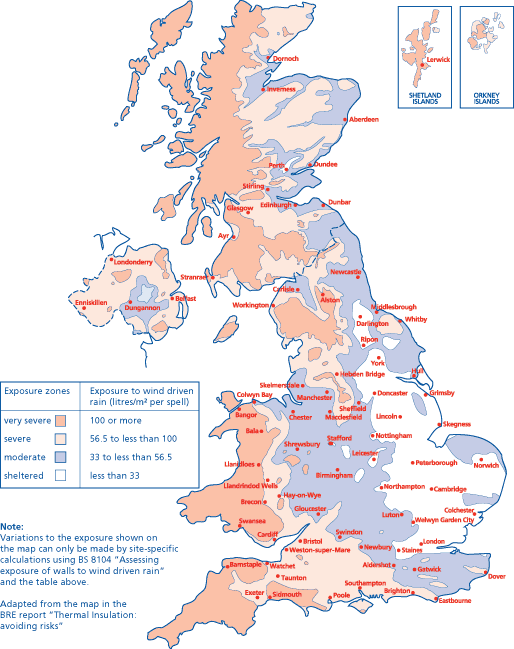Dormer Bungalow
Dormer conversion has no insulation behind the sloped ceilings.
Dormer is boiling hot in summer
Ground floor floor of bungalow has empty cavity and a sub floor for ventilation.
In winter ground floor is very cold
In summer ground floor is cool/warm (not hot)
I will be tackling the dormer insulation hopefully in the next few months.
I am contemplating having the cavity walls filled with beads.
My concern is if it will make the ground floor of the house too hot during summer (live on a busy road so ideally dont like opening the front windows).
Require the balance to be just correct. Correcting the dormer insulation may just go in hand with filling the cavity on the ground floor.
Dormer conversion has no insulation behind the sloped ceilings.
Dormer is boiling hot in summer
Ground floor floor of bungalow has empty cavity and a sub floor for ventilation.
In winter ground floor is very cold
In summer ground floor is cool/warm (not hot)
I will be tackling the dormer insulation hopefully in the next few months.
I am contemplating having the cavity walls filled with beads.
My concern is if it will make the ground floor of the house too hot during summer (live on a busy road so ideally dont like opening the front windows).
Require the balance to be just correct. Correcting the dormer insulation may just go in hand with filling the cavity on the ground floor.


